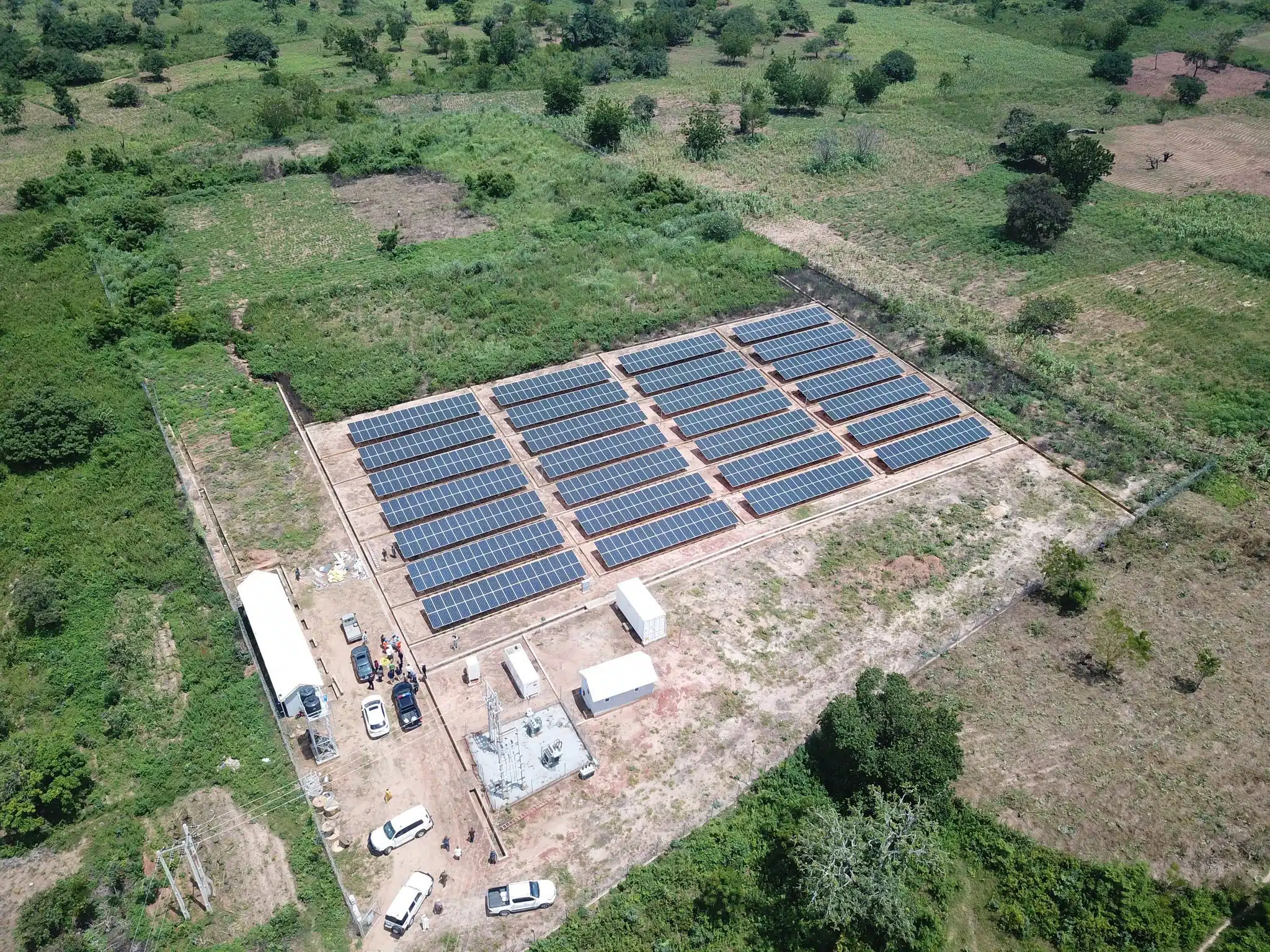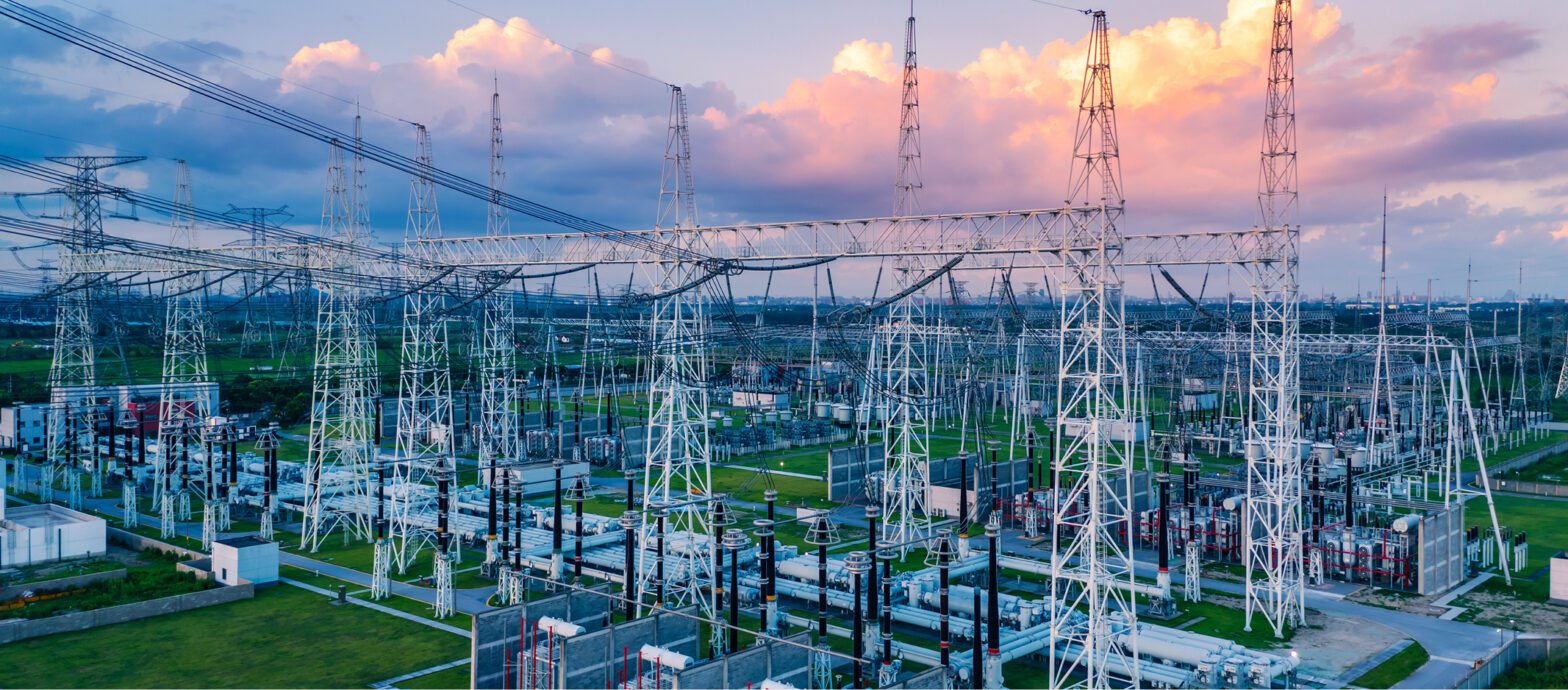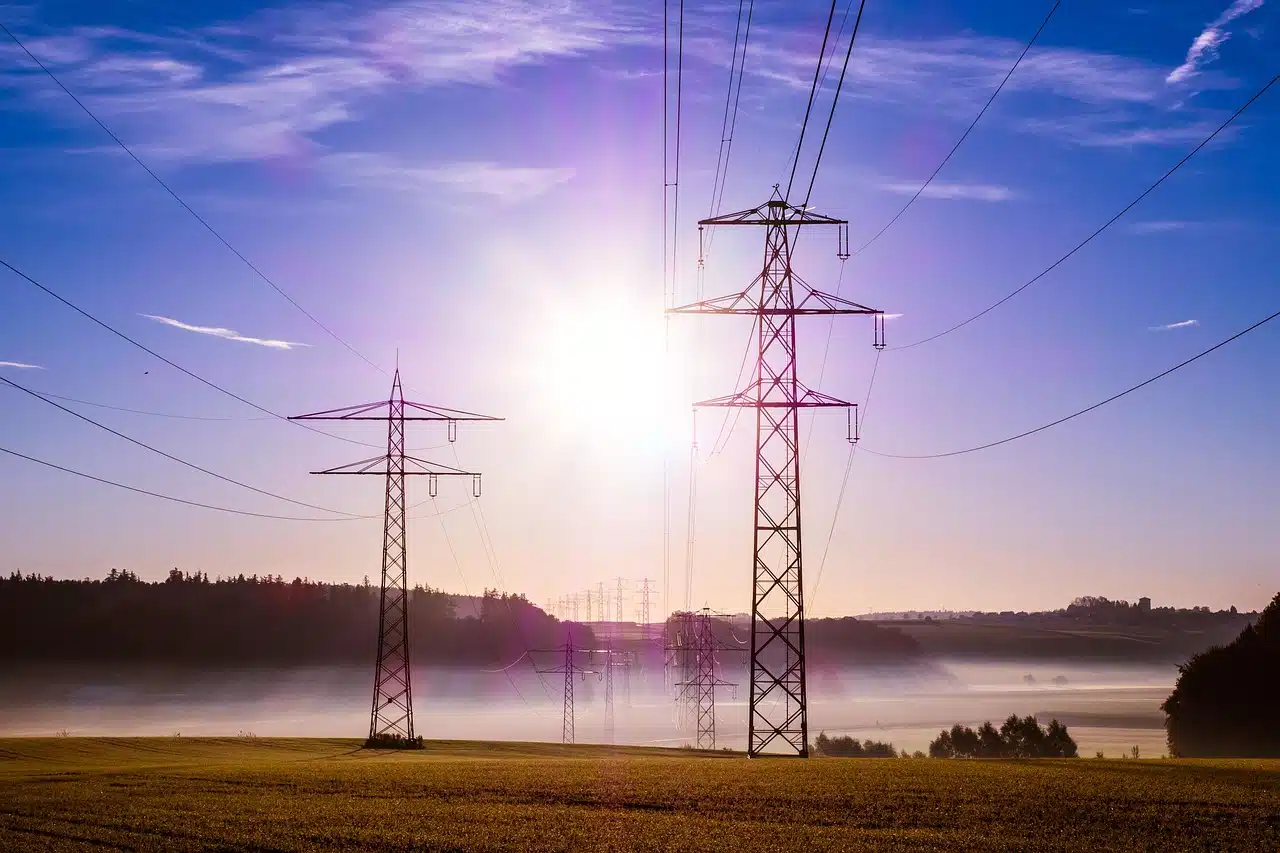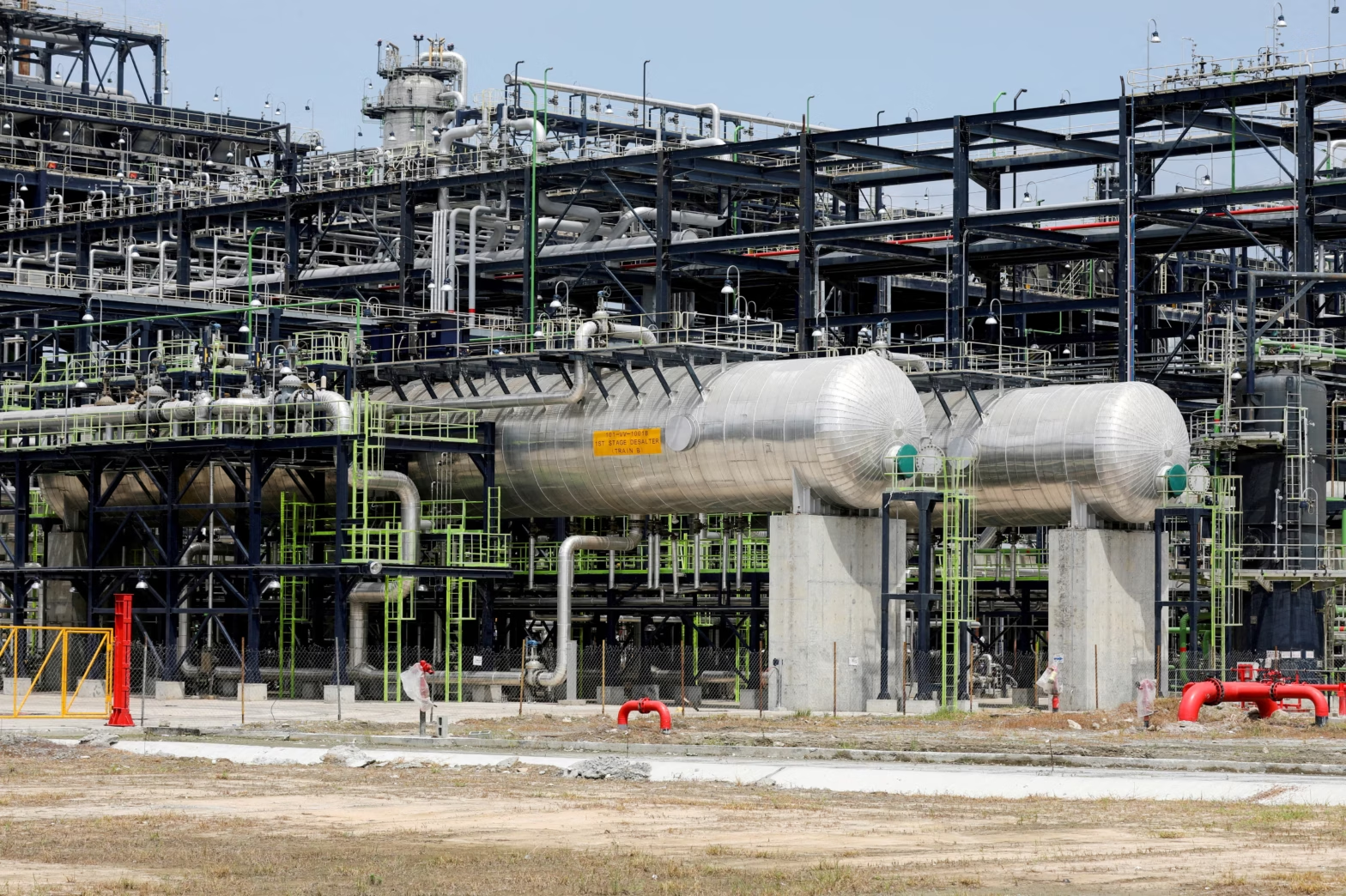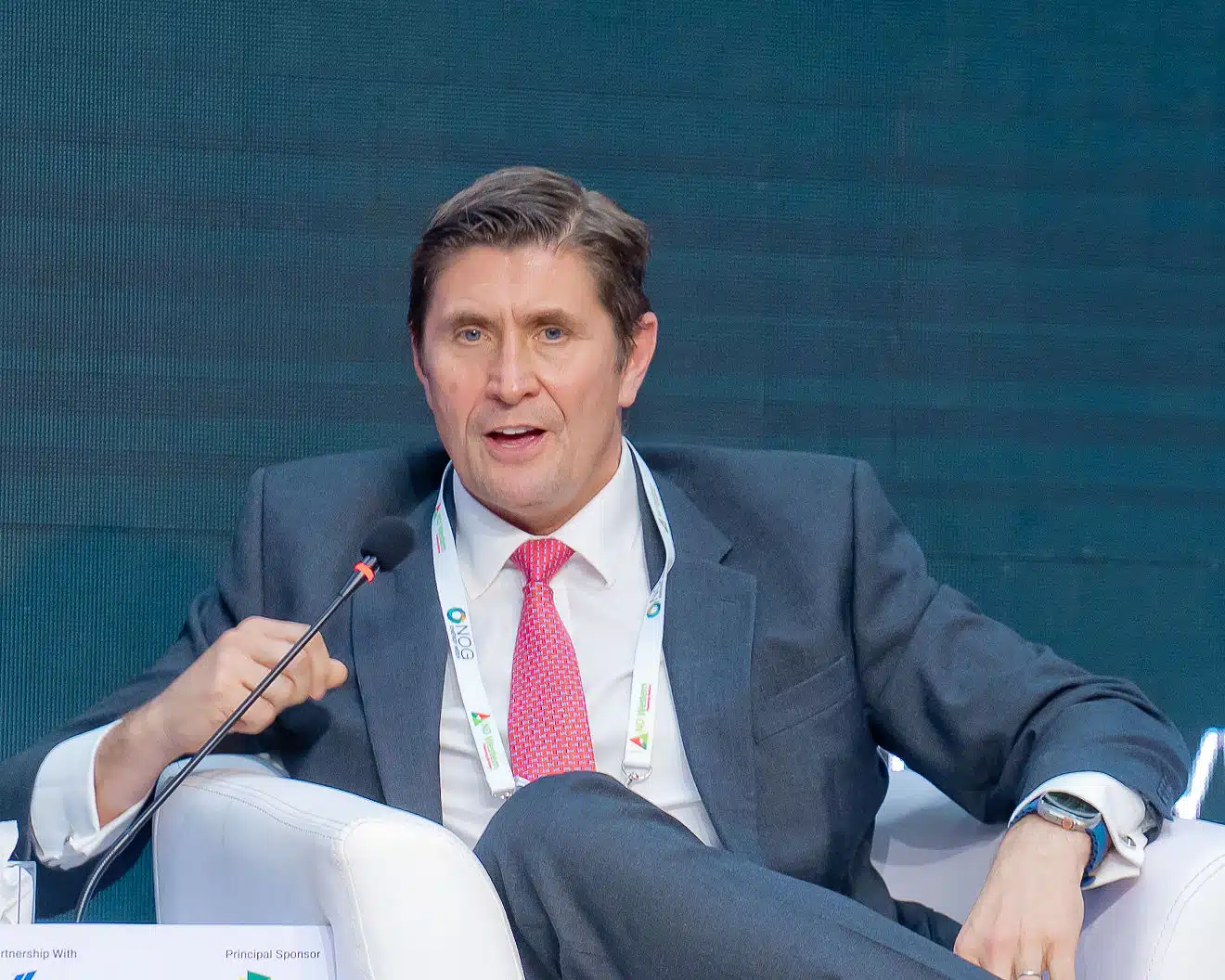Electricity is a fundamental driver of economic and social development, yet millions of Nigerians in rural areas remain without access to this critical resource.
As of 2023, the World Bank estimated that over 85 million Nigerians—nearly 43% of the population—lack access to grid electricity, making Nigeria one of the countries with the largest energy access deficits globally.
This situation is particularly pronounced in rural communities, where the absence of electricity perpetuates poverty, stifles economic growth, and limits access to essential services such as education, healthcare, and clean water.
The Nigerian government has long recognized the importance of rural electrification as a tool for poverty alleviation and inclusive development.
Over the decades, several ambitious policies and initiatives have been introduced to address the electricity access gap.
Yet, the stark disparity between urban and rural electrification rates raises pressing questions about the effectiveness of these interventions.
For many rural communities, the promise of power remains an unfulfilled aspiration—one that has been repeated in political manifestos and policy documents without tangible results.
At the heart of this issue lies a complex interplay of structural, financial, and institutional barriers.
The challenge of rural electrification in Nigeria goes beyond the mere installation of power infrastructure—it is a multifaceted problem rooted in governance inefficiencies, lack of community participation, inadequate funding, and the absence of long-term sustainability strategies.
While innovative solutions such as off-grid solar systems and mini-grids are increasingly being adopted, their scale and impact remain limited.
The consequences of this energy poverty are far-reaching.
In many rural communities, small businesses are unable to thrive due to unreliable or non-existent electricity supply.

Schools are forced to rely on kerosene lamps or candles, limiting the quality of education and study hours for children.
Health centers operate with little or no electricity, making it difficult to store vaccines or perform life-saving medical procedures.
Women and girls, who are often disproportionately affected by energy poverty, bear the burden of fetching firewood for cooking—a task that exposes them to health risks and limits their economic participation.
Despite these grim realities, rural electrification in Nigeria presents not only a challenge but also an opportunity.
With abundant renewable energy resources, particularly solar, Nigeria has the potential to leapfrog traditional grid-based electrification models and embrace decentralized energy solutions.
The rise of new technologies, combined with growing interest from private investors and development partners, provides a window of opportunity to accelerate rural electrification efforts.
However, unlocking this potential requires a more coordinated and inclusive approach—one that prioritizes community needs, promotes private sector participation, and ensures long-term sustainability.
Nigeria’s rural electrification policy framework
Nigeria’s approach to rural electrification has undergone significant transformations over the years, reflecting the country’s evolving energy landscape and development priorities.
The establishment of the Rural Electrification Agency (REA) in 2005 marked a critical milestone in the institutionalization of rural electrification efforts.
The REA was created as part of the Electric Power Sector Reform Act (EPSRA), with a mandate to promote and coordinate rural electrification programs across the country.
The agency’s primary objective is to provide electricity to unserved and underserved communities through grid extension, mini-grids, and standalone renewable energy systems.
One of the flagship initiatives under the REA is the Nigeria Electrification Project (NEP), a $550 million program co-funded by the World Bank and the African Development Bank (AfDB).
The NEP aims to increase access to electricity in rural and peri-urban communities through the deployment of solar hybrid mini-grids and solar home systems.
The project is expected to provide electricity to over 2.5 million people and more than 70,000 micro, small, and medium enterprises (MSMEs).
According to the World Bank, the NEP has already facilitated the installation of over 100 solar mini-grids across Nigeria, with significant impacts on local businesses and social services.
In addition to the NEP, the Nigerian government has also introduced the National Renewable Energy and Energy Efficiency Policy (NREEEP) to promote the adoption of renewable energy technologies in rural electrification projects.
The NREEEP sets ambitious targets, including increasing the share of renewable energy in the national energy mix to 30% by 2030 and achieving 75% rural electrification the same year.

The policy emphasizes the role of decentralized energy solutions such as mini-grids, solar home systems, and biomass systems in bridging the rural electrification gap.
However, while these policy frameworks represent important steps towards universal energy access, their implementation has been fraught with challenges.
The lack of policy coherence, bureaucratic bottlenecks, and inadequate funding have significantly hindered the effectiveness of rural electrification programs.
Experts believe that inconsistent government policies and weak regulatory frameworks have been major barriers to private sector participation in rural electrification projects in Nigeria.
The study highlights the need for greater policy stability, streamlined regulatory processes, and increased financial incentives to attract private investments.
Moreover, the centralized nature of Nigeria’s electricity market poses significant challenges to rural electrification efforts.
The country’s electricity grid infrastructure is heavily concentrated in urban areas, with limited transmission and distribution networks extending to rural communities.
This has made grid-based electrification both costly and logistically challenging for rural areas.
As a result, off-grid and decentralized energy solutions have emerged as more viable alternatives for rural communities.
Making a case amid challenges
The persistent challenges confronting rural electrification in Nigeria are deeply intertwined with broader socio-economic, political, and institutional dynamics.
One of the most pressing challenges is the lack of community participation in the design and implementation of rural electrification projects.
Many electrification projects are conceived and executed without adequate consultation with the target communities, resulting in solutions that fail to meet local needs and expectations.
Obadote, a researcher, explained that community engagement and participation are critical determinants of the success and sustainability of rural electrification projects in Nigeria.
He revealed that projects with strong community involvement were more likely to achieve higher acceptance rates, better maintenance practices, and greater socio-economic impacts.
However, the top-down approach often adopted by government agencies and development partners has led to low levels of community ownership and limited project sustainability.
Another critical challenge is the financing gap.
Rural electrification projects require substantial capital investment, but funding from both public and private sources has been woefully inadequate.
According to the International Energy Agency (IEA), Nigeria needs an estimated $2 billion annually to achieve universal electricity access by 2030.
Yet, current investment levels fall far short of this target.
The heavy reliance on donor agencies and development partners for financing has also raised concerns about the long-term sustainability of rural electrification programs.
Institutional and regulatory challenges further compound the problem.
The lack of policy continuity and the frequent changes in government leadership have created an unstable operating environment for rural electrification projects.
The absence of clear regulatory frameworks for mini-grids and off-grid systems has also deterred private sector investments.
A report by the Nigerian Economic Summit Group (NESG) in 2023 called for urgent reforms to simplify licensing procedures, improve regulatory transparency, and provide long-term guarantees for investors in the off-grid energy sector.
Additionally, the limited availability of skilled manpower poses a significant challenge to rural electrification efforts.
The installation, operation, and maintenance of renewable energy systems require specialized technical skills, which are often lacking in rural communities.
Capacity-building programs and vocational training initiatives have been insufficient to meet the growing demand for skilled personnel in the renewable energy sector.
Expert opinions: bridging the knowledge gap
Seyi Ogunleke, a renewable energy specialist, underscores the importance of community-driven electrification models.
According to him, the government should carry the communities along as it is easy to protest it.
“One of the biggest mistakes we make in rural electrification is assuming that communities are passive beneficiaries,” he said.
Nonso James, an energy policy analyst, shares a similar view:
“Consistent policies are crucial for attracting private sector investments in rural electrification. Frequent policy changes and regulatory uncertainty discourage investors.
“The government must adopt a long-term policy framework that offers clear incentives and ensures regulatory stability.”
He adds, “Off-grid solar systems and mini-grids are the future of rural electrification in Nigeria. They provide more flexible, scalable, and cost-effective alternatives to grid extension.
“However, maximizing their potential will require targeted policy support, concessional financing, and capacity-building initiatives.”
Way forward: towards universal energy access
Achieving universal rural electrification in Nigeria requires a fundamental rethinking of how energy access is conceptualized, financed, and delivered.
A more people-centered, sustainable, and inclusive approach must be adopted—one that places community needs and participation at the heart of electrification projects.
The future of rural electrification lies in decentralized energy systems such as mini-grids and solar home systems, which offer cost-effective and scalable alternatives to grid extension.
To unlock the full potential of these solutions, the government must create an enabling policy environment that provides regulatory clarity, long-term incentives, and simplified licensing processes for private investors.
Innovative financing models—such as pay-as-you-go solar systems, results-based financing, and blended finance—will be essential in bridging the funding gap and making energy solutions more affordable for rural households.
Strengthening partnerships between the government, private sector, and financial institutions will further accelerate the rollout of off-grid energy systems.
Equally important is the need to build local technical capacity.
Investments in training programs and vocational education will empower rural communities with the skills needed to install, operate, and maintain renewable energy systems—ensuring long-term sustainability and creating local employment opportunities.
By aligning policy reforms, financing mechanisms, and capacity-building initiatives, Nigeria can chart a more sustainable path toward universal energy access.
With the right partnerships and commitment, electrifying rural communities will not only improve quality of life but also drive inclusive economic development and bridge the energy inequality gap for millions of Nigerians.

